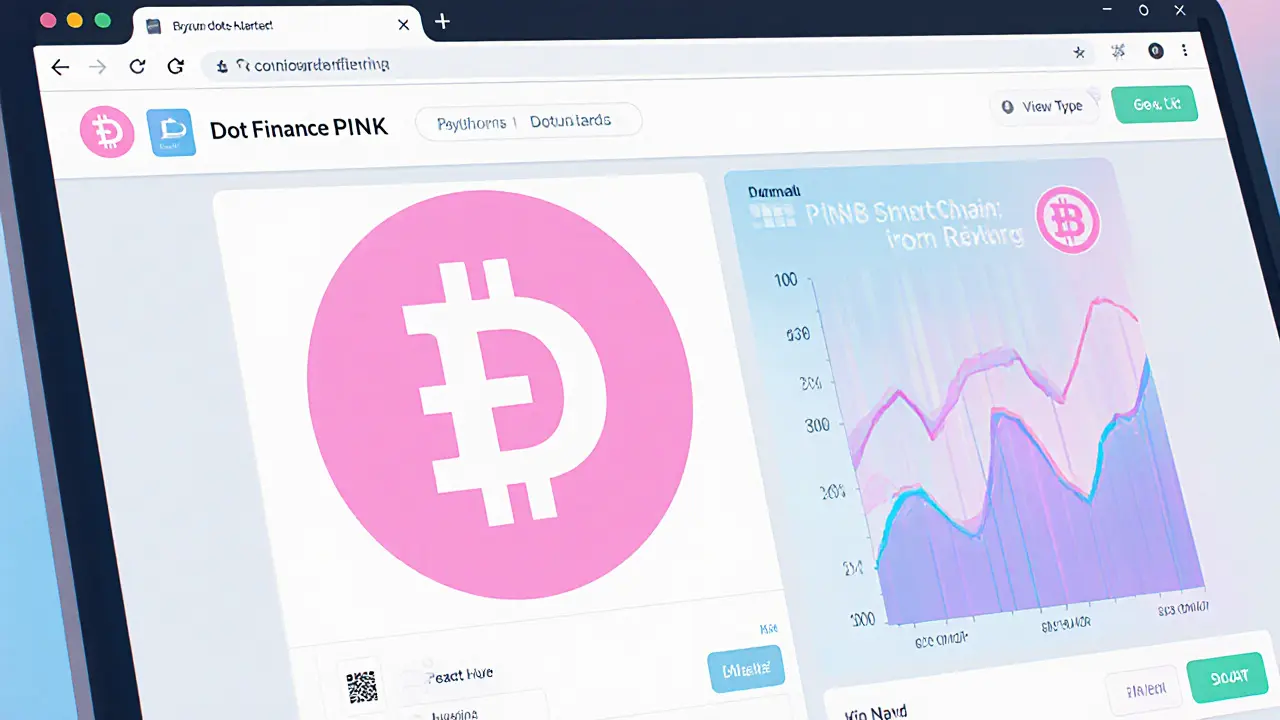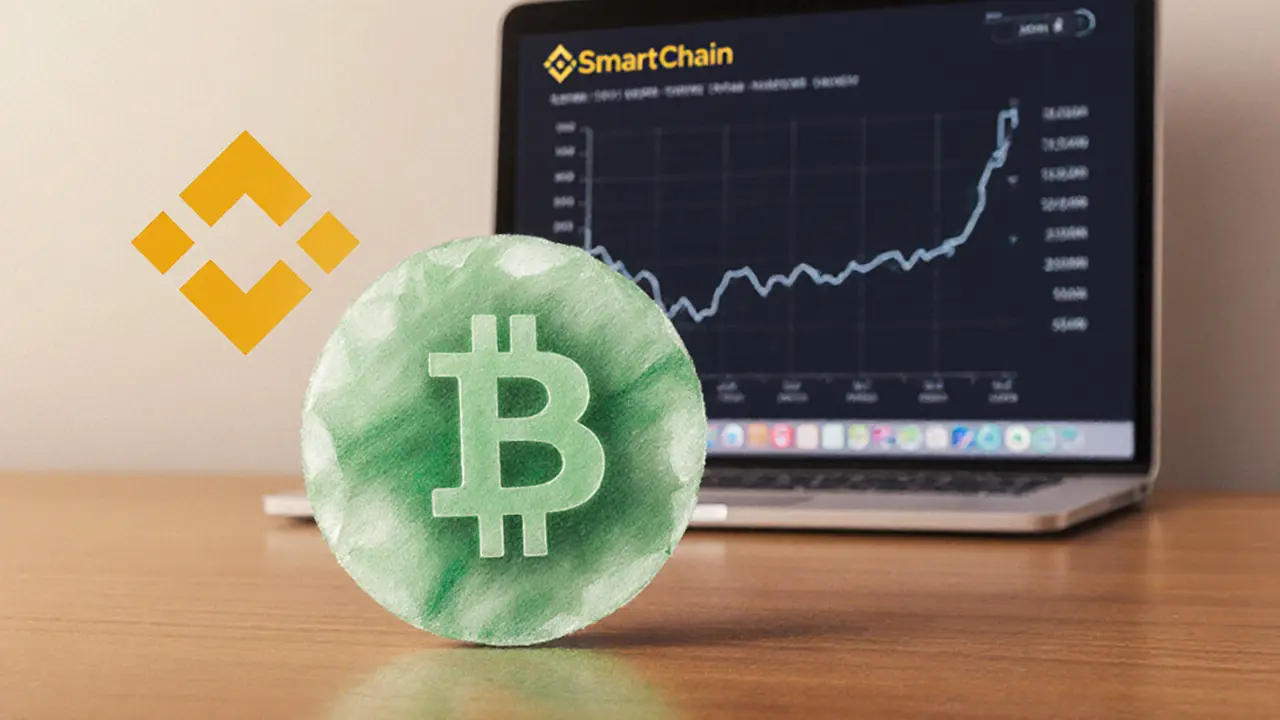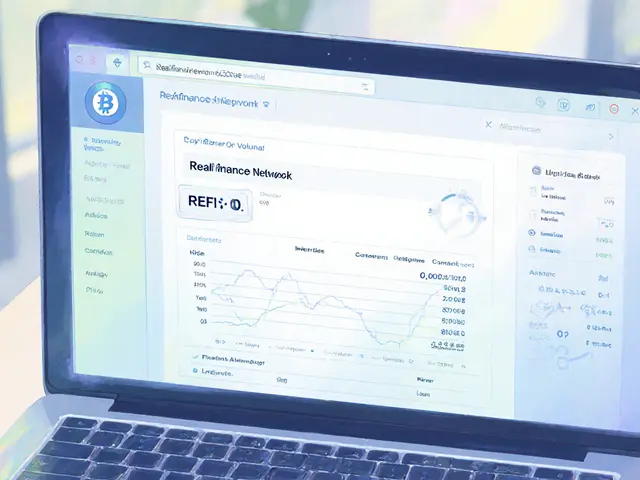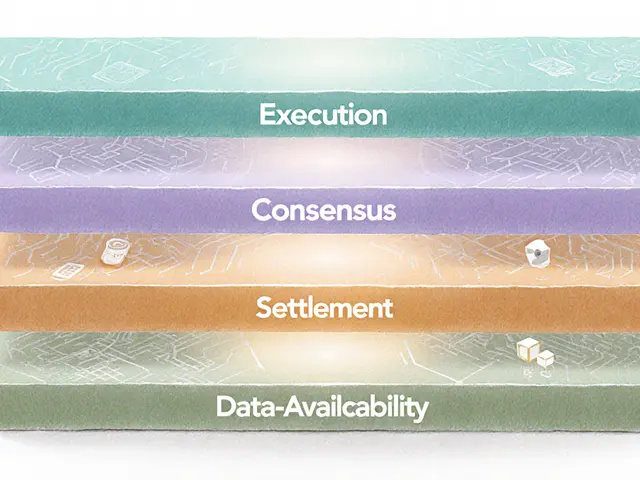BEP-20 Token Standard: Everything You Need to Know
When working with BEP-20, the token standard that powers fungible assets on Binance Smart Chain. Also known as Binance Smart Chain BEP-20, it defines how tokens are created, transferred, and interacted with across the network. Binance Smart Chain, a high‑performance blockchain compatible with Ethereum tools provides the fast, low‑fee environment where BEP-20 lives, while smart contracts, self‑executing code that enforces token rules are the technical backbone that makes each token work reliably.
Why does BEP-20 matter? First, it enables seamless token swaps on decentralized exchanges like PancakeSwap because every token follows the same interface. Second, the standard requires basic functions such as totalSupply, balanceOf, and transfer, which means developers can build wallets, DeFi protocols, and airdrop mechanisms without reinventing the wheel. Third, tokenomics—how supply, distribution, and incentives are designed—directly shape a BEP-20 project's success. A well‑structured tokenomics model can attract investors, fuel liquidity, and support sustainable staking rewards, while a poor model leads to price volatility and community distrust.
How BEP-20 Connects to Real‑World Use Cases
Projects built on BEP-20 range from simple meme coins to complex DeFi platforms. For example, the OSEAN token uses BEP-20 to tokenize yacht ownership, letting investors hold fractional shares of a real yacht on the blockchain. Meanwhile, airdrop campaigns like the Artify & CoinMarketCap drop distribute free tokens to users who meet simple on‑chain criteria, showcasing how BEP-20 simplifies mass distribution. Even regulatory discussions often reference BEP-20 when describing token classification because its clear standards make compliance checks easier for auditors.
Understanding BEP-20 also helps you navigate the broader ecosystem. The standard encompasses token creation, requires smart contract deployment, and influences tokenomics decisions—three pillars that drive most blockchain projects today. If you’re a developer, you’ll need to write Solidity contracts that adhere to the BEP-20 ABI. If you’re an investor, you’ll look at the token’s supply schedule, lock‑up periods, and staking rewards. And if you’re a marketer, you’ll design airdrop or referral programs that leverage the standard’s built‑in functions.
Our collection below reflects those angles. You’ll find a simple guide to OSEAN’s yacht‑token model, a step‑by‑step look at the Artify airdrop, deep dives into tokenomics for projects like REV3AL and Fautor, and broader pieces on how BEP‑20 fits into DeFi, cross‑chain interoperability, and crypto regulation. Each article breaks down jargon, shows real‑world examples, and points out the risks you should watch for before you invest or build.
Ready to explore the specifics? Below you’ll discover concise, data‑driven articles that walk you through how BEP‑20 tokens are structured, where you can trade them, and what the latest market trends mean for your portfolio. Whether you’re hunting for the next airdrop, assessing a new DeFi launch, or just want to get comfortable with Binance Smart Chain basics, the posts ahead give you the actionable insight you need.

A concise guide to Dot Finance (PINK) crypto coin-its launch, tokenomics, market crash, and why it became a classic rug‑pull example.
Jonathan Jennings Oct 17, 2025
Jade Currency (JADE) is a micro‑cap BEP‑20 token on Binance Smart Chain that links gem trading with crypto. This guide explains its tech, staking claims, market data, risks, and how to get started.
Jonathan Jennings Feb 1, 2025




